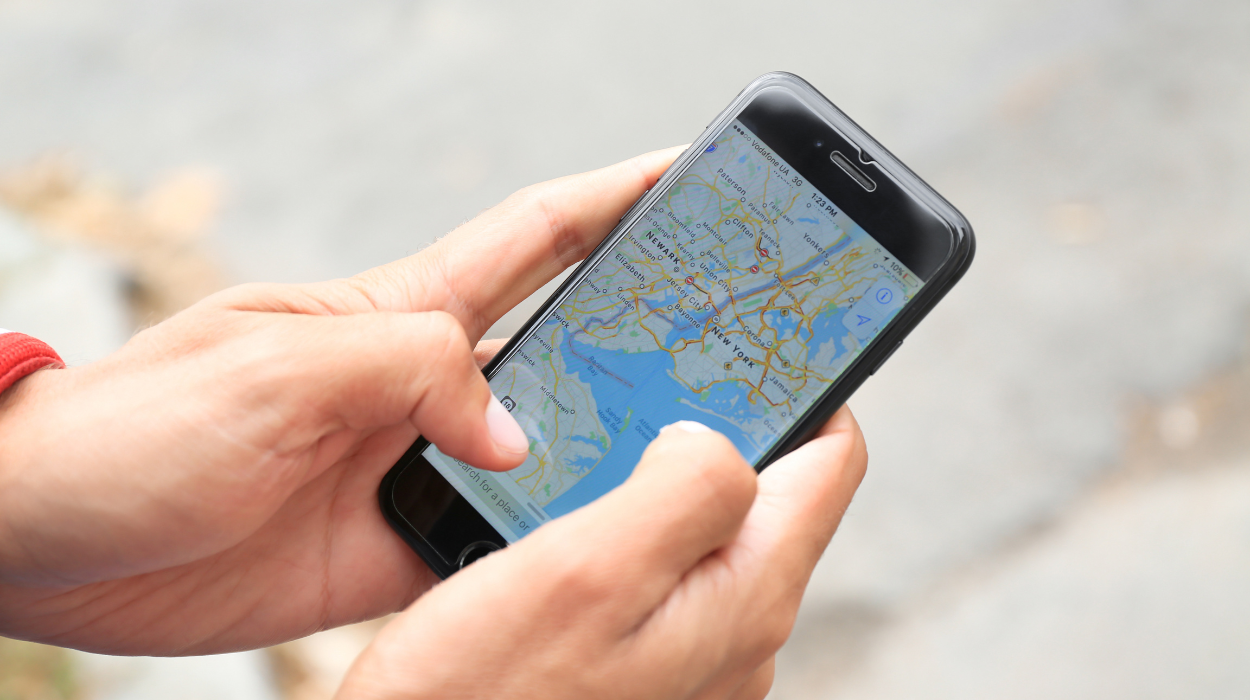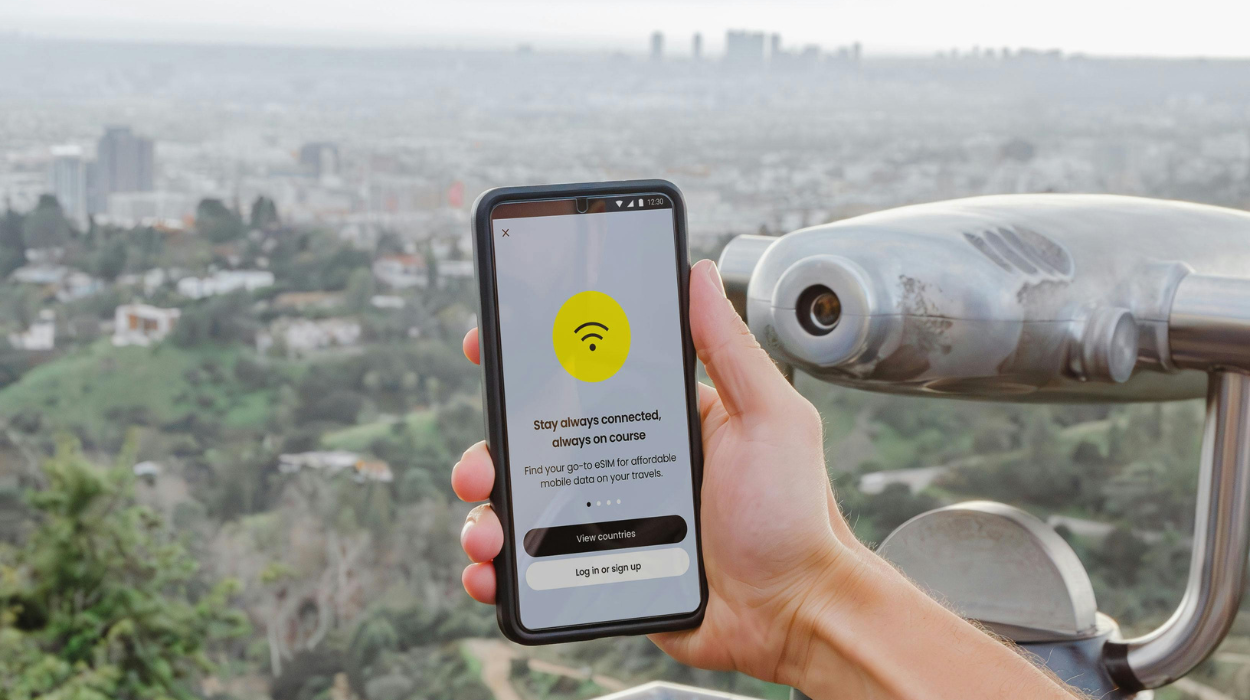 Google Maps is a popular navigation program used by millions of people all over the world. With its capacity to deliver real-time traffic updates, turn-by-turn instructions, and offline maps, it's no surprise that many people use it for their everyday commutes and trips.
Google Maps is a popular navigation program used by millions of people all over the world. With its capacity to deliver real-time traffic updates, turn-by-turn instructions, and offline maps, it's no surprise that many people use it for their everyday commutes and trips.
However, with the increased usage of mobile devices and data plans, it is critical to understand and answer the question “How much data does Google Maps use?”. In this post, we will look at Google Maps' data use and present recommendations on how to reduce it.
How Much Data Does Google Maps Use?
Google Maps' data usage varies based on a number of factors, including device kind, service provider, and usage behavior. Google Maps utilizes around 2.19 MB of data per hour for online use, making Google Maps one of the more data-saving activities. Therefore, travelers can feel at ease using it without having to worry about running out of data.
How To Check Google Maps Data Usage On Your Device
To monitor the amount of data Google Maps uses on your device, follow these steps.
On an iPhone: Go to Settings > Cellular > Scroll down to Google Maps > Check the data usage under Current Period.
On an Android device: Go to Settings > Apps > Select Google Maps > Check data usage under Usage.
Factors Affecting Data Usage In Google Maps
Google Maps’ usage can consume significant amounts of mobile data, especially when used frequently. Understanding the factors that affect data usage in Google Maps can help you manage your data plan effectively.
Online vs. Offline Use
In fact, online use consumes more data than offline use due to the need for real-time traffic updates and map downloads. Even though Google Maps is not an extremely data-consuming app, you can still definitely download maps via Wi-Fi to use offline before going out to save data during the trip. Being careful is never too much.
Zooming In And Out
Maybe some of you don’t know this, but frequent zooming in and out on the map can increase data consumption. When you zoom in on a specific part of the map, Google Maps will need to load more features, while zooming out will require it to load a bigger area.
Navigation
Using Google Maps for navigation consumes data primarily for real-time traffic updates, route calculation, and re-routing. Walking or biking directions generally use less data than driving directions. However, frequent updates and detailed route information can still consume a notable amount of data.
Discovering Places
If you use Google Maps to find restaurants and attractions near you, you are likely to consume data. Data is required for the app to download pertinent information about the location, such as opening hours, ratings, reviews, and any connected photographs.
Satellite View
Enabling satellite view in Google Maps allows you to see high-resolution images of areas all around the world. While visually beautiful, satellite view requires more bandwidth than ordinary map view due to the larger file sizes of satellite images.
Downloading Maps
Google Maps allows you to download maps for offline usage, which may be very handy while traveling in places with little or no internet access. Accessing an offline map does not consume data; however, downloading a map does.
Tips For Minimizing Google Maps Data Usage
Managing data consumption is critical for remaining under your data plan's limitations and avoiding unexpected fees. Here are some excellent techniques for reducing Google Maps data use while maintaining its usability.
Use Offline Maps: Download maps for areas you plan to visit before you leave your hotel or a place with a good Wi-Fi connection.
Limit Refreshes: Limit your map refreshes only when necessary.
Use Less Data For Turn-By-Turn Guidance: Select the option to use less data for guidance, which will make the directions less detailed but save data.
Turn Off App Updates: Ensure that automatic updates are turned off to prevent background data usage.
Use A Lower Data Plan: Consider using a lower data plan if you are not a heavy user of Google Maps.
Avoid Data Roaming Fees With An eSIM
 Roaming fees may quickly add up abroad, especially if you're using Google Maps while traveling. You might consider using an traveleSIM may provide you with reasonable data without the bother of unexpected roaming costs, ensuring that you do not break the bank during the trip.
Roaming fees may quickly add up abroad, especially if you're using Google Maps while traveling. You might consider using an traveleSIM may provide you with reasonable data without the bother of unexpected roaming costs, ensuring that you do not break the bank during the trip.
With a WoWeSIM, you pay for the data you need upfront. There are no hidden or unexpected costs. And if you run out of data, you don't have to say goodbye to Google Maps — just top up your data with the app.
Conclusion
Google Maps is a useful tool for many people, but it may eat a lot of data if not utilized properly. Understanding how much data Google Maps consumes and following the recommendations presented may help you reduce its usage and prevent unexpected data charges.
If you want to use eSIM to connect while traveling, you can refer to the list of eSIMs suitable for the country you are about to visit via WoWeSIM!
FAQs
1. How long does 1GB of data last on Google Maps?
Answer: With Google Maps using around 2.19MB per hour, 1GB of data would last approximately 457 hours of usage.
2. Does Google Maps use lots of data?
Answer: Google Maps uses significantly less data compared to apps like Spotify, YouTube, and Netflix, consuming around 2.19MB per hour.
3. Can I use Google Maps without data?
Answer: While Google Maps primarily uses data for real-time updates, you can download maps for offline use to navigate without using data.
4. How much data does GPS use per hour?
Answer: GPS itself does not use data, but when used through apps like Google Maps for navigation, it requires data for real-time updates and can consume around 2.19MB per hour.
Powered by Froala Editor
